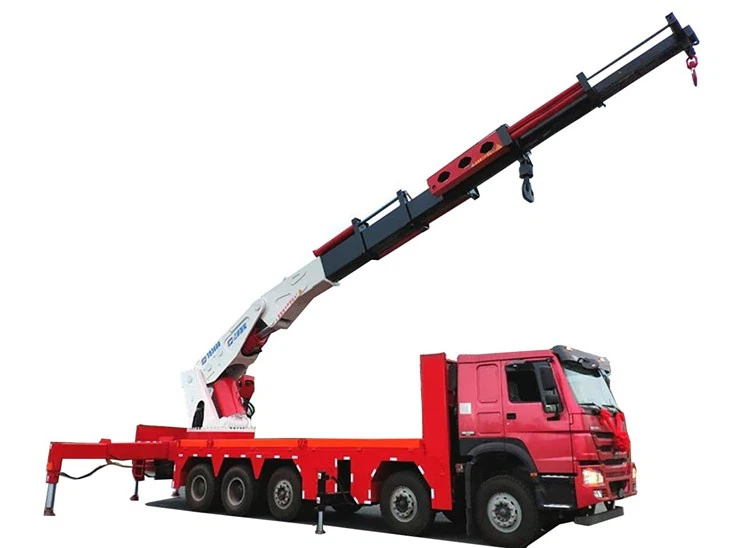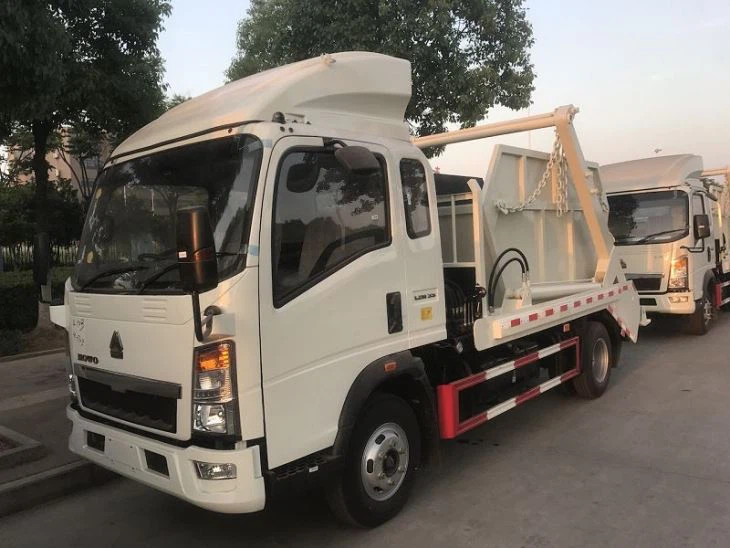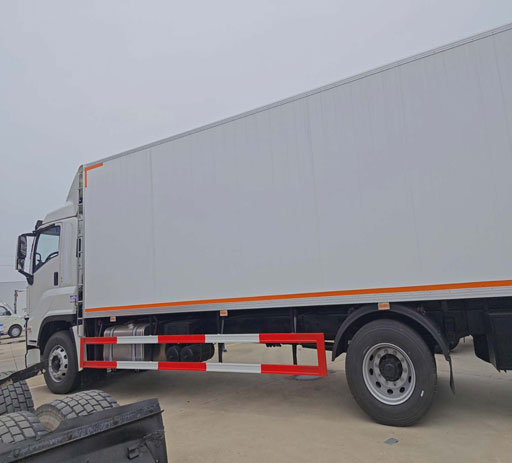F650 Hooklift: A Comprehensive Guide to Versatility and Performance

The F650 hooklift system is gaining popularity among construction and waste management professionals for its exceptional versatility and performance. This article delves deeply into what makes the F650 hooklift a preferred choice, including its features, benefits, applications, and maintenance tips. Whether you’re in the market for a new hooklift or simply curious about the technology, this guide will provide you with all the necessary insights.
Understanding Hooklift Systems
A hooklift system is a type of truck that allows the operator to lift and transport various types of containers or bins. The F650 hooklift specifically refers to the use of this system on the Ford F650 chassis, which is known for its impressive strength and capability. Below, we explore how hooklift systems work and their key components.
How Hooklift Systems Work
Hooklift systems consist of several main components: the truck chassis, the hydraulic system, and the hooklift mechanism itself. The hooklift mechanism connects to the truck and can raise or lower containers by utilizing hydraulic power. This allows for efficient loading and unloading of various materials.
Key Components of the F650 Hooklift
- Chassis: The Ford F650 chassis provides a strong foundation for heavy-duty work.
- Hydraulic System: Powers the lifting and lowering of containers.
- Hook Mechanism: Connects to the containers and performs the lifting operations.
- Control System: Usually installed within the truck cabin, allowing for easy operation.
Advantages of the F650 Hooklift
The F650 hooklift offers numerous advantages that make it stand out among other hook systems on the market. Below are some of the key benefits that users can expect.
1. Versatility
A significant advantage of the F650 hooklift is its ability to accommodate various container sizes and types, from dumpsters to flatbeds, making it suitable for diverse operations.
2. Exceptional Load Capacity
The Ford F650 possesses a high load capacity, which allows the hooklift system to handle heavy materials without compromising performance. This is particularly beneficial in construction and waste management where heavy loads are common.
3. Ease of Use
The user-friendly controls make operating the hooklift system straightforward, requiring minimal training. Operators can efficiently load and unload containers in a matter of minutes.
4. Enhanced Maneuverability
Despite its larger size, the F650 maintains good maneuverability. It can navigate tight spaces, making it suitable for various job sites.
Applications of F650 Hooklifts
The F650 hooklift system finds its application in numerous sectors, showcasing its versatility. Here are some common applications.
Construction
In the construction industry, the F650 hooklift can transport equipment, materials, and waste containers. Its ability to switch between different types of containers makes it particularly useful on construction sites.
Waste Management
Waste management companies utilize the F650 hooklift for servicing dumpsters and managing recycling operations. The efficiency of loading and unloading containers reduces downtime and enhances productivity.
Landscaping
Landscapers often require a reliable way to transport soil, mulch, and other materials. The F650 hooklift can easily switch containers for different landscaping needs.
Warehouse Operations
In warehousing, the F650 hooklift is used for transporting loads between different areas without the need for multiple trucks.
Choosing the Right Hooklift System
When selecting a hooklift system, consider several factors to ensure optimal performance for your specific needs.
1. Container Sizes
Evaluate the container sizes you expect to use regularly. Choosing a hooklift system suited for your container sizes ensures efficiency.
2. Load Capacity
The load capacity is crucial for avoiding overloading, which can damage the truck and compromise safety. Ensure that the F650 meets your needs.
3. Hydraulic System Capability
The hydraulic system’s efficiency will influence operational speed and reliability. Look for high-quality hydraulic systems for best performance.
Maintenance Tips for F650 Hooklifts
Regular maintenance of your F650 hooklift will prolong its lifespan and ensure consistent performance. Here are some maintenance best practices.
1. Regular Inspections
Conduct regular inspections of the hooklift mechanism, hydraulic lines, and chassis for signs of wear and tear. Early detection can prevent more significant issues.
2. Hydraulic Fluid Checks
Ensure that the hydraulic fluid is at the appropriate level and is free of contaminants. Changing the fluid regularly is essential for hydraulic system longevity.
3. Clean the Hook Mechanism
Keep the hook and connection points clean to prevent debris build-up, which can hinder operation.
4. Lubrication
Lubricate moving parts according to the manufacturer’s recommendations to reduce friction and prolong life.
Practical Examples of F650 Hooklifts in Action
Understanding how the F650 hooklift operates in real-world scenarios can provide better insights into its capabilities.
Example 1: Construction Site
A construction company uses an F650 hooklift to transport different types of containers for materials, such as sand, gravel, and debris removal. The operator can quickly change from a flatbed to a dumpster, enabling seamless workflow between various tasks.

Example 2: Waste Management
A waste management company relies on the F650 hooklift to service several commercial locations. The truck is equipped with different-sized dumpsters, allowing for efficient collection and reduction in transportation time.

Example 3: Landscaping
A landscaping business uses the F650 hooklift to transport soil, mulch, and foliage. By utilizing different containers, the operator can load and deliver the necessary materials quickly, improving customer service.
Comparison of F650 Hooklift with Other Systems
When considering the F650 hooklift, it’s useful to compare it to other hooklift options available. The following table summarizes key differences.
| Feature | F650 Hooklift | Other Hooklift Systems |
|---|---|---|
| Load Capacity | Up to 33,000 lbs | Varies (often lower) |
| Versatility | High | Moderate |
| Ease of Use | Simple controls | Varies by brand |
| Maintenance | Low with proper upkeep | Varies |
Frequently Asked Questions (FAQs)
1. What is the maximum load the F650 hooklift can handle?
The F650 hooklift can handle loads up to 33,000 lbs, making it suitable for heavy-duty applications.
2. How does the F650 hooklift compare to traditional dump trucks?
The F650 hooklift offers greater versatility, allowing for the use of multiple container types compared to traditional dump trucks that carry a single, fixed load.
3. Is training required to operate the F650 hooklift?
While training is not strictly necessary due to user-friendly controls, it is recommended for safety and efficiency.
4. What types of containers can be used with the F650 hooklift?
The F650 can accommodate a variety of containers, including dumpsters, flatbeds, and specialized tanks for different materials.
5. How often should the hydraulic fluid be changed?
It is generally recommended to change the hydraulic fluid every 1,000 hours of operation or annually, whichever comes first.

6. Can the F650 hooklift be customized for specific needs?
Yes, the F650 hooklift can often be customized with various options, including different container sizes and additional features tailored to particular industries.
